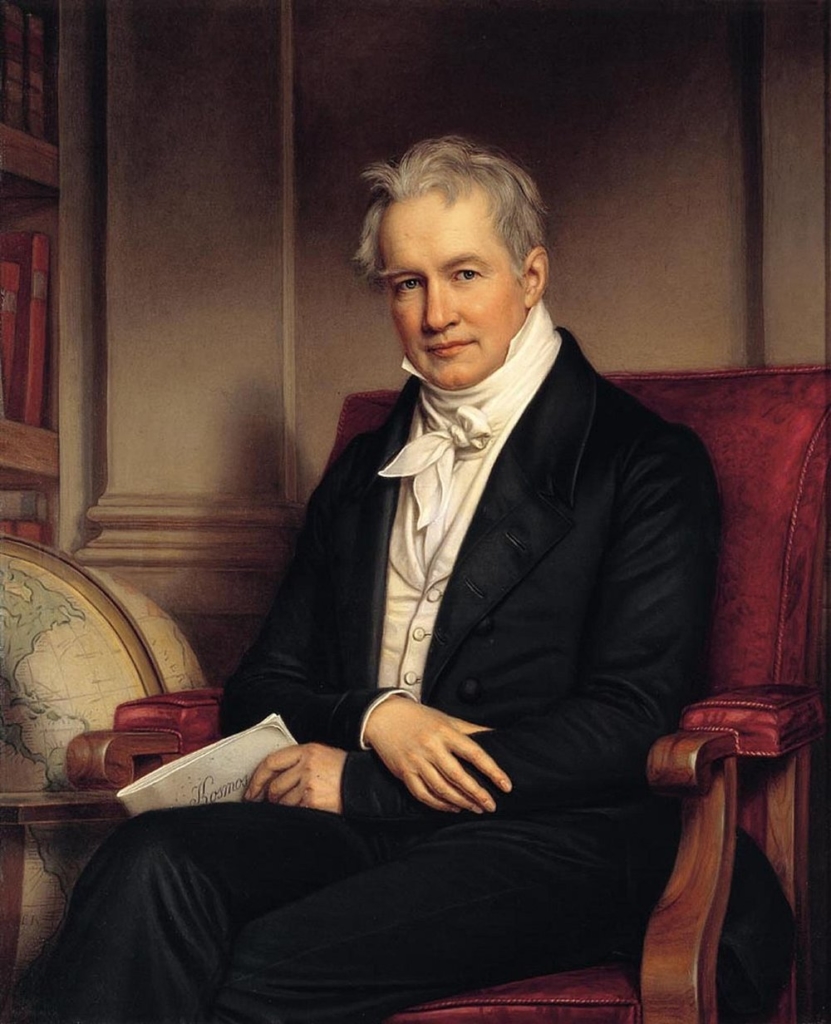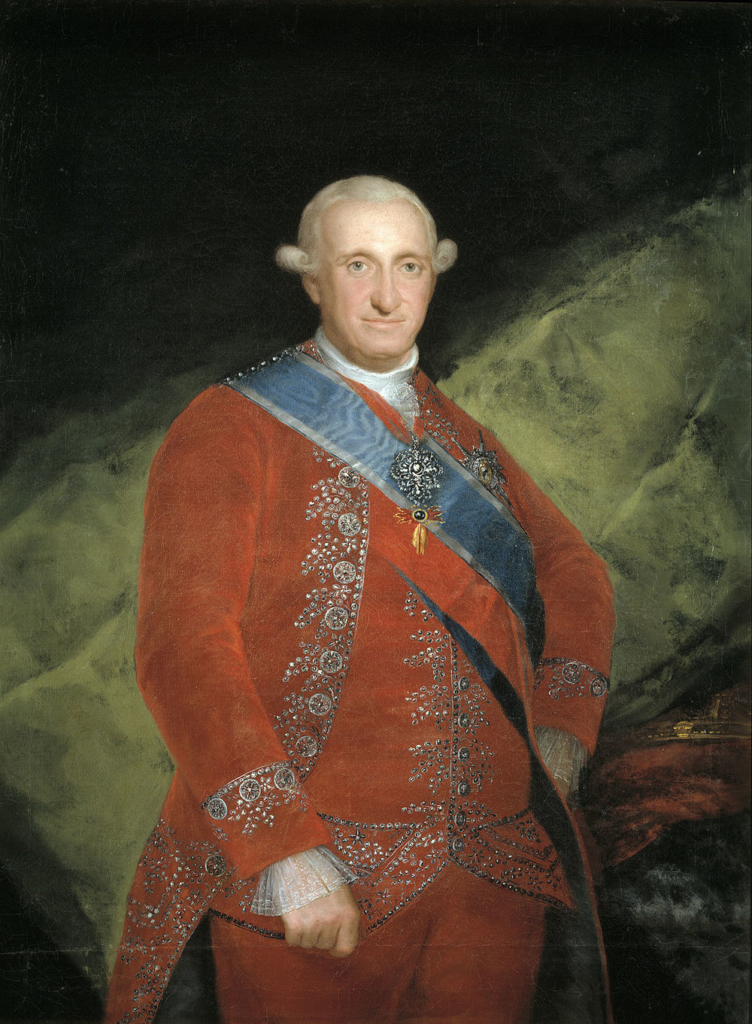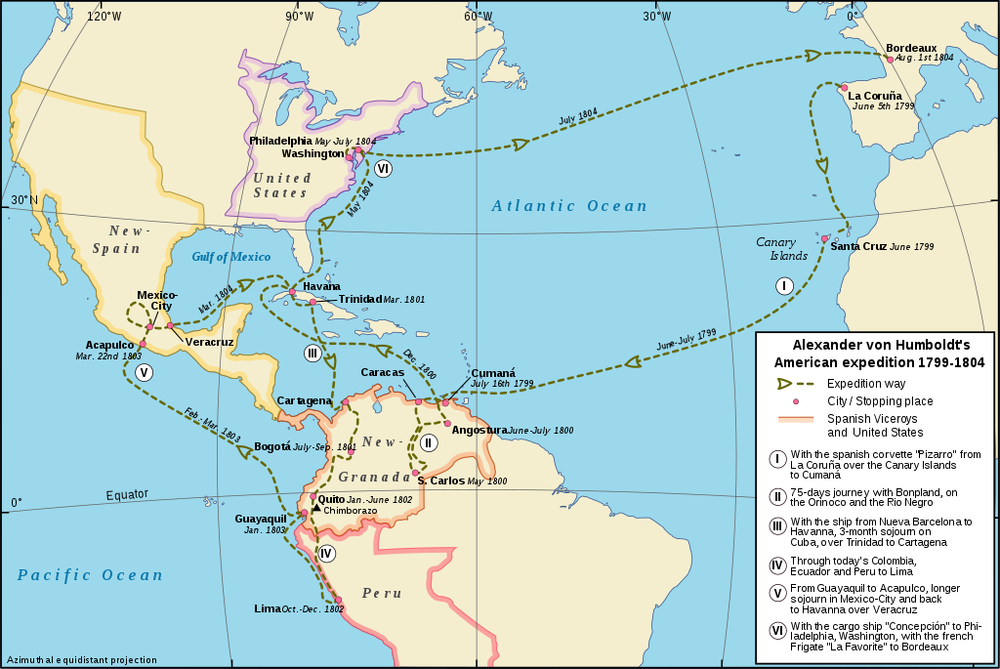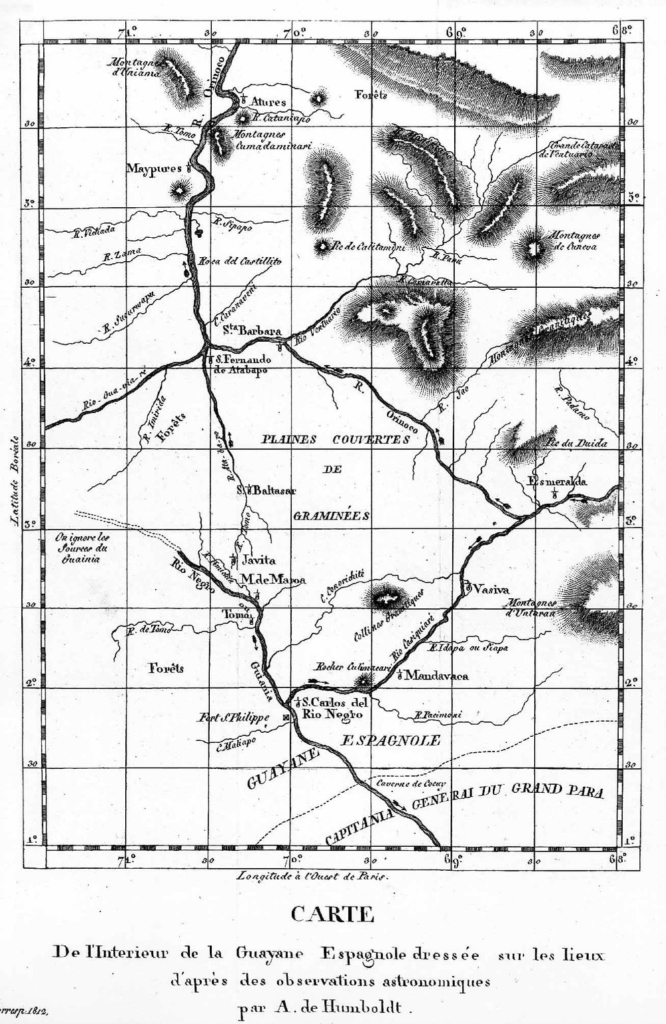What is this policy?
This is our privacy and cookies policy that explains who we are, why and how we process personal data in relation to you and, if you are the subject of any of the personal data concerned, what rights you have and how to get in touch with us if you need to.
This privacy policy has been compiled to better serve those who are concerned with how their 'Personally identifiable information' (PII) is being used online. PII, as used in US privacy law and information security, is information that can be used on its own or with other information to identify, contact, or locate a single person, or to identify an individual in context. Please read our privacy policy carefully to get a clear understanding of how we collect, use, protect or otherwise handle your Personally Identifiable Information in accordance with our website.
Who are we?
We are Neatline Antique Maps (Neatline). Our contact and other details are set out at the end of this policy. We are the data controller in relation to the personal data processed in accordance with this policy (except where this policy explains otherwise).
What personal information do we collect from the people who visit our website, join our mailing list, or register on our site?
When joining our mailing list, ordering or registering on our site, as appropriate, you may be asked to enter your name, email address, mailing address, phone number, credit card information or other details to help you with your experience.
We may process information that we obtain from communicating with you, including:
- Information about you that you give us by communicating with us by phone, by e-mail, via our website, via social media or otherwise.
- Information you give us or that we obtain when you use our website, pre-register for, or obtain or subscribe to our services, enquire about a service, or contact us to report a problem.
Information relating to our dealings with you or the person you work for
We may process information relating to our dealings with you, including:
- Information that you give us when you sign up.
- Information relating to transactions with us involving you (for example, details of anything we have sent to you or services that we have supplied to you).
- Other information relating to you which it is necessary for us to process in order to enter into or perform a contract with you (for example, contact details, if relevant).
What personal data may we process when you use our website?
Information that we obtain from you when you use our website includes:
- Technical information, including the Internet protocol (IP) address used to connect your computer to the Internet, your login information, browser type and version, time zone setting, browser plug-in types and versions, operating system and platform.
- Information about your visit, including the full Uniform Resource Locators (URL), clickstream to, through and from our website (including date and time), products you viewed or searched for, page response times, download errors, length of visits to certain pages, page interaction information (such as scrolling, clicks, and mouse-overs), methods used to browse away from the page, and any phone number used to call our customer service number or social media handle used to connect with our customer service team.
When do we collect information?
We collect information from you when you place an order, join our mailing list, register or enter information on our site, or visit our site.
How do we use your information?
We may use the information we collect from you when you register, make a purchase, join our mailing list, respond to a survey or marketing communication, surf the website, or use certain other site features in the following ways:
- To personalize user's experience and to allow us to deliver the type of content and product offerings in which you are most interested.
- To allow us to better service you in responding to your customer service requests.
- To quickly process your transactions.
- To send periodic emails regarding your order or other products and services.
How do we protect visitor information?
Our website is scanned on a regular basis for security holes and known vulnerabilities in order to make your visit to our site as safe as possible.
Your personal information is contained behind secured networks and is only accessible by a limited number of persons who have special access rights to such systems, and are required to keep the information confidential. In addition, all sensitive/credit information you supply is encrypted via Secure Socket Layer (SSL) technology.
We implement a variety of security measures when a user places an order enters, submits, or accesses their information to maintain the safety of your personal information.
All transactions are processed through a gateway provider and are not stored or processed on our servers.
Do we use 'cookies'?
Yes. Cookies are small files that a site or its service provider transfers to your computer's hard drive through your Web browser (if you allow) that enables the site's or service provider's systems to recognize your browser and capture and remember certain information. Cookies in themselves do not identify the individual, but do collect information about your computer, browser, online session, the websites you visit and other information.
These cookies are used to collect information about how visitors use our site. The cookies collect information in an anonymous form, including the number of visitors to the site, where visitors have come to the site from and the pages they visited.
We use cookies to:
- Help remember and process the items in the shopping cart.
- Compile aggregate data about site traffic and site interactions in order to offer better site experiences and tools in the future. We may also use trusted third party services that track this information on our behalf.
You can choose to have your computer warn you each time a cookie is being sent, or you can choose to turn off all cookies. You do this through your browser (like Internet Explorer) settings. Each browser is a little different, so look at your browser's Help menu to learn the correct way to modify your cookies.
If you disable cookies off, some features will be disabled It won't affect the users experience that make your site experience more efficient and some of our services will not function properly.
Where do we process personal data?
The data that we process in relation to you may be transferred to, and stored at, a destination outside the European Economic Area ("EEA") that may not be subject to equivalent data protection law.
Where personal data is transferred in relation to providing our services we will take all steps reasonably necessary to ensure that it is subject to appropriate safeguards, such as relying on a recognized legal adequacy mechanism which may include by entering into EC approved standard contractual clauses relevant to transfers of personal information see:
http://ec.europa.eu/justice/dataprotection/internationaltransfers/transfer/index_en.htmland that it is treated securely and in accordance with this privacy and cookies policy.
All personal data processed by is stored securely. Where we have given you (or where you have chosen) a password which enables you to access certain parts of our website or systems, you are responsible for keeping this password confidential. We ask you not to share a password with anyone.
Unfortunately, the transmission of information via the internet is not completely secure. Although we will do our best to protect your personal data, we cannot guarantee the security of your data transmitted to our website and any transmission is at your own risk. Once we have received your information, we will use strict procedures and security features to try to prevent unauthorized access.
How long do we process personal data for?
We process personal data only for so long as is necessary for the purpose(s) for which it was originally collected, after which it will be deleted or archived except to the extent that it is necessary for us to continue to process it for the purpose of compliance with legal obligations to which we are subject or for another legitimate and lawful purpose.
What are your rights?
You have the following rights in relation to personal data relating to you that we process:
- You may request access to the personal data concerned.
- You may request that incorrect personal data that we are processing be rectified.
- In certain circumstances (normally where the personal data has been provided by you and it is no longer necessary for us to continue to process it), you may be entitled to request that we erase the personal data concerned.
How to withdraw your consent to processing:
You can withdraw your consent to any relevant processing of personal data and unsubscribe to our regular email updates by emailing us at michael@neatlinemaps.com.
How to exercise your right of access to your personal data:
You can exercise your right of access to your personal data by emailing us at michael@neatlinemaps.com.
Please note that we may be required to ask you for further information in order to confirm your identity before we provide the information requested.
Changes to this policy
Any changes we make to our privacy and cookies policy in the future will be posted on this page. Please check back frequently to see any updates or changes to our privacy and cookies policy.
Disabling cookies
The effect of disabling cookies depends on which cookies you disable but, in general, the website may not operate properly if all cookies are switched off. If you want to disable cookies on our website, you need to change your website browser settings to reject cookies. How you can do this will depend on the browser you use.
Third Party Disclosure
We do not sell, trade, or otherwise transfer to outside parties your personally identifiable information.
Third party links
We do not include or offer third party products or services on our website.
Google
Google's advertising requirements can be summed up by Google's Advertising Principles. They are put in place to provide a positive experience for users. https://support.google.com/adwordspolicy/answer/1316548?hl=en
We use Google AdSense Advertising on our website.
Google, as a third party vendor, uses cookies to serve ads on our site. Google's use of the DART cookie enables it to serve ads to our users based on their visit to our site and other sites on the Internet. Users may opt out of the use of the DART cookie by visiting the Google ad and content network privacy policy.
We have implemented the following:
- Demographics and Interests Reporting
We along with third-party vendors, such as Google use first-party cookies (such as the Google Analytics cookies) and third-party cookies (such as the DoubleClick cookie) or other third-party identifiers together to compile data regarding user interactions with ad impressions, and other ad service functions as they relate to our website.
Opting out:
Users can set preferences for how Google advertises to you using the Google Ad Settings page. Alternatively, you can opt out by visiting the Network Advertising initiative opt out page or permanently using the Google Analytics Opt Out Browser add on.
California Online Privacy Protection Act
CalOPPA requires commercial websites and online services to post a privacy policy. The law's reach stretches well beyond California to require a person or company in the United States (and conceivably the world) that operates websites collecting personally identifiable information from California consumers to post a conspicuous privacy policy on its website stating exactly the information being collected and those individuals with whom it is being shared, and to comply with this policy. - See more at: https://consumercal.org/california-online-privacy-protection-act-caloppa/#sthash.0FdRbT51.dpuf
According to CalOPPA we agree to the following:
Users can visit our site anonymously
Once this privacy policy is created, we will add a link to it on our home page, or as a minimum on the first significant page after entering our website.
Our Privacy Policy link includes the word 'Privacy', and can be easily be found on the page specified above.
Users will be notified of any privacy policy changes:
- On our Privacy Policy Page
Users are able to change their personal information:
- By emailing us
- By calling us
- By logging in to their account
How does our site handle do not track signals?
We honor do not track signals and do not track, plant cookies, or use advertising when a Do Not Track (DNT) browser mechanism is in place.
Does our site allow third party behavioral tracking?
It's also important to note that we do not allow third party behavioral tracking
COPPA (Children Online Privacy Protection Act)
When it comes to the collection of personal information from children under 13, the Children's Online Privacy Protection Act (COPPA) puts parents in control. The Federal Trade Commission, the nation's consumer protection agency, enforces the COPPA Rule, which spells out what operators of websites and online services must do to protect children's privacy and safety online.
We do not specifically market to children under 13.
Fair Information Practices
The Fair Information Practices Principles form the backbone of privacy law in the United States and the concepts they include have played a significant role in the development of data protection laws around the globe. Understanding the Fair Information Practice Principles and how they should be implemented is critical to comply with the various privacy laws that protect personal information.
In order to be in line with Fair Information Practices we will take the following responsive action, should a data breach occur:
We will notify the users via email
We also agree to the individual redress principle, which requires that individuals have a right to pursue legally enforceable rights against data collectors and processors who fail to adhere to the law. This principle requires not only that individuals have enforceable rights against data users, but also that individuals have recourse to courts or a government agency to investigate and/or prosecute non-compliance by data processors.
CAN SPAM Act
The CAN-SPAM Act is a law that sets the rules for commercial email, establishes requirements for commercial messages, gives recipients the right to have emails stopped from being sent to them, and spells out tough penalties for violations.
We collect your email address in order to:
- Send information, respond to inquiries, and/or other requests or questions.
- Process orders and to send information and updates pertaining to orders
- We may also send you additional information related to your product and/or service.
- Market to our mailing list or continue to send emails to our clients after the original transaction has occurred
To be in accordance with CANSPAM we agree to the following:
- NOT use false, or misleading subjects or email addresses
- Identify the message as an advertisement in some reasonable way
- Include the physical address of our business or site headquarters
- Monitor third party email marketing services for compliance, if one is used.
- Honor opt-out/unsubscribe requests quickly
- Allow users to unsubscribe by using the link at the bottom of each email
If at any time you would like to unsubscribe from receiving future emails, you can email us at
- Follow the instructions at the bottom of each email.
and we will promptly remove you from ALL correspondence.
Contacting Us
If there are any questions regarding this privacy policy you may contact us using the information below.
michael@neatlinempas.com
San Francisco, California
USA
Last Edited in July 2019
More information






